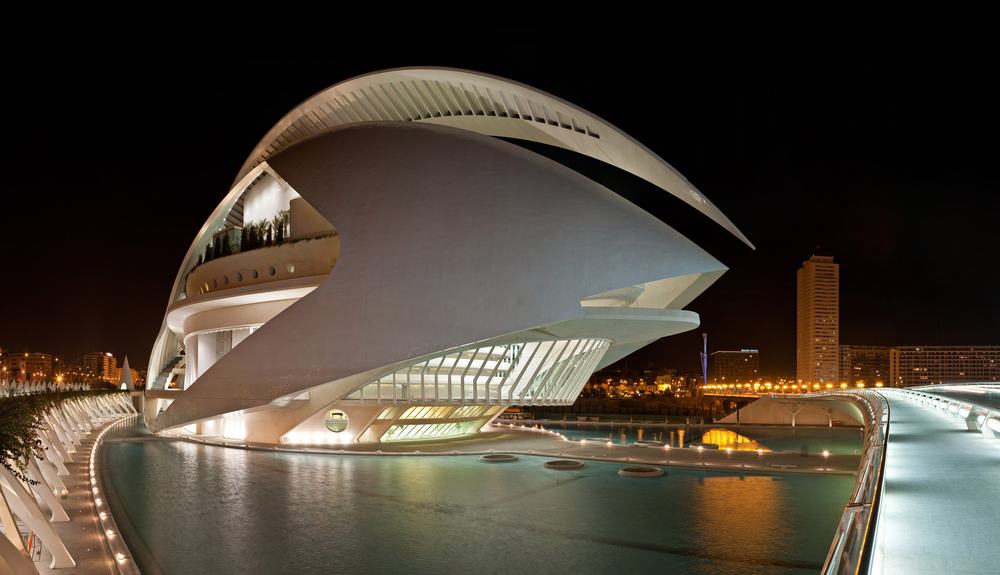Where and how to use Thermowood
Modified wood inherits all the best properties of natural wood, but is practically free from its shortcomings, which is why it is getting more and more popular as finishing and building materials
The essence of thermowood technology
Thermowood – from ordinary wood that has undergone special treatment: In the first stage, it is dried by industrial methods, bringing the water content to an average of 5-7% (maximum – 10%). Then exposed to steam is heated to 185-230 ° C for several hours and then cooled. Under the influence of high temperatures, the chemical composition and structure of the fibers change, as a result, wood acquires new properties:
- thermal conductivity decreases by around 20-25%, that is, compared to untreated wood, steam holds much better heat;
- in the drying process, polysaccharides that are attractive to fungi and bacteria are removed from the wood, so that the steamed tree does not rot;
- Material perfectly maintains size and shape, does not curve, does not dry out and does not crack.
- the ability to absorb moisture decreases tenfold, so that thermowood becomes insensitive to changes in humidity;
- combustion temperature rises;
- the tree gets a sublime old “appearance” and a uniform and pleasing shade throughout its thickness. Ostugivaie. Scraping or polishing does not reduce its decorative properties.
Use of Thermowood
Thermowood perfectly shows itself as material for exterior work: finishing and decorating the facade, building open terraces, garden paths, stairs and railings. It is also suitable for interior decoration of baths and saunas, because it maintains heat, does not accumulate moisture and does not create conditions for the development of mold and mildew.
The stability of the shape and size of the wood which was given heat treatment and excellent resistance to decay made it possible to make window frames from it that were not inferior to plastic but of reliability and durability, but were far more environmentally friendly and more suitable for a country house in terms of aesthetics.
Finishing Layer
The moisture repellent nature of thermowood and its noble appearance allow you to do without the top layer if desired, but it is recommended to protect surfaces in the open air from ultraviolet radiation, because irradiation gradually changes the color of the tree and makes the color uneven. In addition, the finishing coating extends the life of the tree and allows it to maintain a longer harmony. For the treatment of finishing thermowood construction outdoors, it is best to use a special terrace oil that is resistant to moisture and frost. If necessary, thermowood can be a dark color for wood.
The floor, stairs and walls in the room can be covered with any varnish and oil intended for interior work.
In a thermo shower socks can’t handle anything, it’s good enough to polish it.
It must be remembered that each protective layer has a limited life span, so it must be updated regularly when they wear out.
Be careful: thermowood boards designed for outdoor structures are covered with protective finishing compounds before installation and are treated from all sides, paying special attention to the edges.
Work with thermoboard
Like ordinary wood, thermowood is easily sawed, planned and polished. However, due to low water content, it can crack with strong shock, therefore when assembling structures
It is recommended to use pneumatic tools and drill holes for fasteners. For outdoor construction, it is optimal to install with stainless steel screws for wood and countersunk screws.
It is best to glue all the parts of thermowood with polyurethane glue, and some other suitable chemical hardening adhesives. It is not recommended to glue thermowood with untreated ordinary wood.
Manufacturers offer various types of structural elements made from thermowood: fine prints for finishing work (edges, platbands, handrails), general purpose universal notched boards, garden parquet and many front board options: panels, blockhouse, imitation wood. Apart from the most common types of wood (ash, cedar, beech, birch), it is possible to buy heat-treated wood from more exotic species with special orders. Some manufacturers offer wood coloring services of the desired color.


